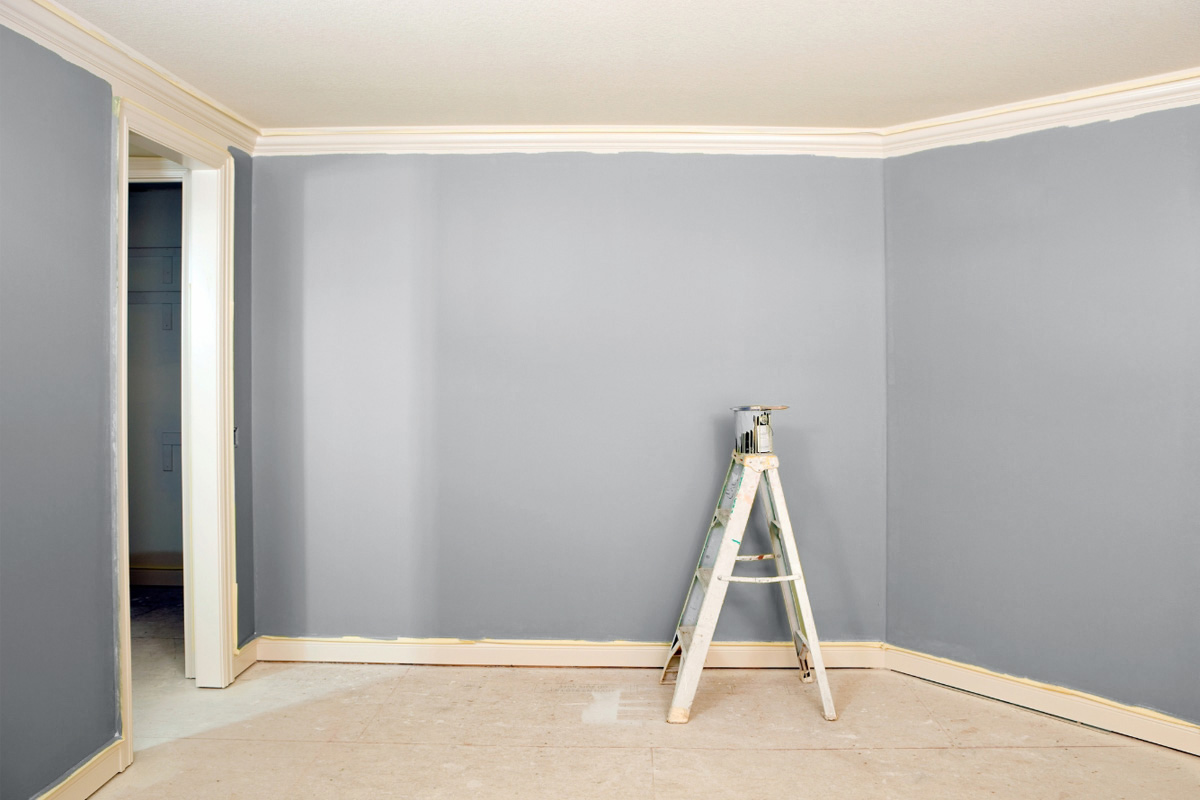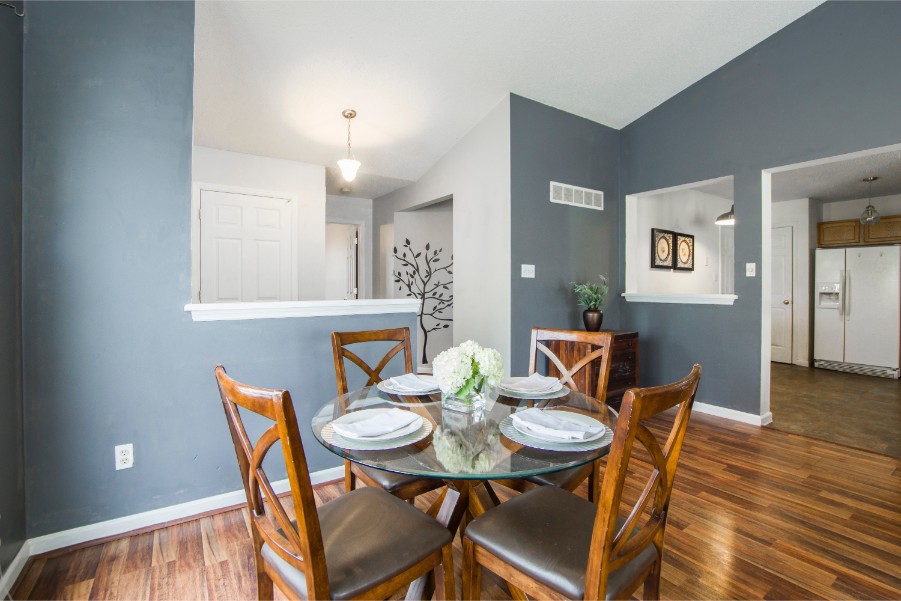High-Quality Lakewood Interior Painting to Enhance the Beauty of Your Space
Enhance Your Interior Style With Comprehensive Color Appointment
The integration of shade appointment right into interior decoration offers a distinct possibility to fine-tune and elevate the visual and psychological vibration of an area. By engaging with an experienced shade consultant, you can browse the intricacies of shade choice, making certain that your choices not only complement architectural attributes however also reverberate with personal design and mental impact. This strategic partnership can considerably affect the total ambience of your atmosphere, fostering a feeling of harmony and function. Nevertheless, understanding the nuances of this process is important-- what crucial elements should be thought about to accomplish optimal outcomes?
Benefits of Shade Appointment

Moreover, shade assessment aids in optimizing all-natural light and optimizing spatial perception. Lighter shades can make an area appear even more extensive, while darker shades develop an intimate setup. Cleveland Metro Painting Specialists. This calculated application of shade can considerably affect the total atmosphere of any interior area
In addition, specialist experts have a thorough understanding of present trends and classic classics, making sure that the picked shades will certainly remain attractive in time. This foresight can save customers from expensive redesigns in the future. Shade consultation equips customers by supplying them with a clear vision and direction, promoting confidence in their design selections and ultimately leading to a more enjoyable and successful indoor design end result.
Comprehending Color Psychology
The importance of color psychology in indoor design can not be overstated, as it explores the psychological and psychological effects that different shades can evoke in individuals. Colors can influence state of mind, habits, and also performance, making them a vital consideration in any type of style task.
For instance, warm shades such as red, orange, and yellow are frequently associated with energy and warmth. They can stimulate sensations of enjoyment and comfort, making them appropriate for social spaces like living kitchen areas or spaces. Conversely, cool colors like blue, green, and purple have a tendency to stimulate calmness and serenity, making them excellent for bed rooms or meditation areas.
Furthermore, the usage of neutral tones can produce a well balanced setting by allowing the bolder colors to stand apart without frustrating the senses. Comprehending these emotional influences enables developers to produce areas that not only look cosmetically pleasing yet also promote emotional health.
Incorporating color psychology right into interior decoration involves a thoughtful selection of shades tailored to the designated function of each room, ultimately enhancing the total experience for its owners. This recognition is vital for achieving a functional and unified interior atmosphere.
The Shade Wheel Described
Understanding the relationships between colors is important for effective interior decoration, and the color wheel offers as a valuable device in this process. The color wheel, developed by Isaac Newton in the 17th century, highlights the spectrum of shades arranged in a circular format. It consists of primary shades-- red, blue, and yellow-- that can not be produced by blending other shades. Second shades, created by integrating check main shades, include environment-friendly, orange, and purple. Tertiary colors result from blending a main and an additional shade, leading to tones such as red-orange and blue.
The color wheel assists developers realize the connections between colors, consisting of corresponding, comparable, and triadic schemes. Corresponding colors, located opposite each various other on the wheel, produce vibrant contrasts that can stimulate a room.
Using the shade wheel in interior decoration not just improves aesthetic charm however likewise evokes particular emotions and ambiences, making it an essential recommendation for color appointment. Comprehending these relationships eventually empowers designers to create areas that are both aesthetically captivating and functional.
Choosing the Right Combination
A well-chosen shade system can combine a room, boost its attributes, and evoke preferred emotions. Various areas offer varied functions and call for schemes that reflect their intended use; for instance, peaceful shades such as soft blues or greens work well in bed rooms, advertising leisure.
Light can dramatically change exactly how shades appear, so it is essential to evaluate the area at different times of the day. An unified scheme should enhance these functions, producing a natural look throughout the area.
When selecting colors, utilize the 60-30-10 guideline, which recommends that 60% of the room ought to be a leading color, 30% a secondary shade, and 10% an accent color. This proportion makes certain equilibrium and aesthetic passion (Cleveland Metro Painting Specialists). Example colors on the wall surfaces prior to devoting, as this permits you to see just how the tones communicate with one another and the total setting they create in your interior style task.
Working With a Shade Specialist

When working with a color specialist, the procedure normally starts with a preliminary appointment. During this meeting, you'll discuss your vision, preferences, and the existing elements in your space. The consultant will certainly assess your demands and may advise specific color combinations that align with your goals.
After establishing an instructions, this the consultant will provide samples and aesthetic aids to help you imagine the suggested color design. This action is crucial, as colors can appear in different ways under differing illumination conditions.
Additionally, a color expert can lead you in selecting corresponding furnishings, artwork, and devices to balance with your chosen palette. By teaming up closely, you can achieve a refined visual that boosts your interiors and produces an inviting ambience. Eventually, the proficiency of a color specialist can considerably enhance the general effect of great site your design job.
Final Thought
In summary, comprehensive color assessment offers as an important device for improving interior decoration. By leveraging specialist understanding of shade psychology and spatial dynamics, a customized color scheme can be created to evoke particular emotions and produce an unified environment. This tactical technique not only cultivates a cohesive layout story but also reduces the danger of expensive redesigns. Eventually, engaging with a color consultant guarantees an educated and visually pleasing outcome, boosting the total experience of the room.
By engaging with a skilled color specialist, you can navigate the intricacies of shade option, ensuring that your options not only enhance architectural attributes however additionally resonate with personal style and emotional impact. It makes up primary colors-- red, blue, and yellow-- that can not be produced by mixing other shades.The shade wheel aids developers grasp the partnerships in between colors, consisting of complementary, similar, and triadic plans.When choosing colors, utilize the 60-30-10 regulation, which recommends that 60% of the space need to be a dominant shade, 30% a secondary color, and 10% an accent shade. By leveraging expert understanding of color psychology and spatial characteristics, a tailored color scheme can be created to stimulate certain emotions and produce a harmonious atmosphere.